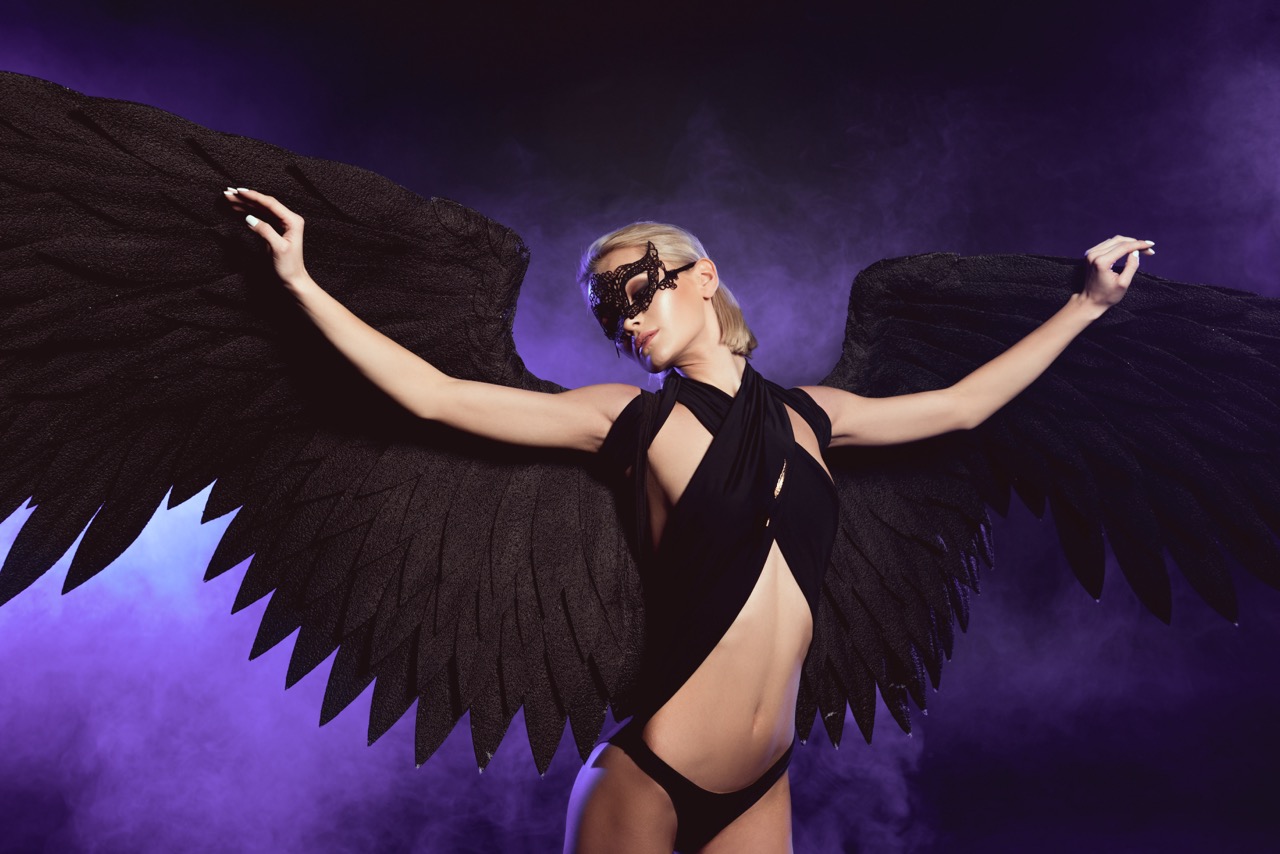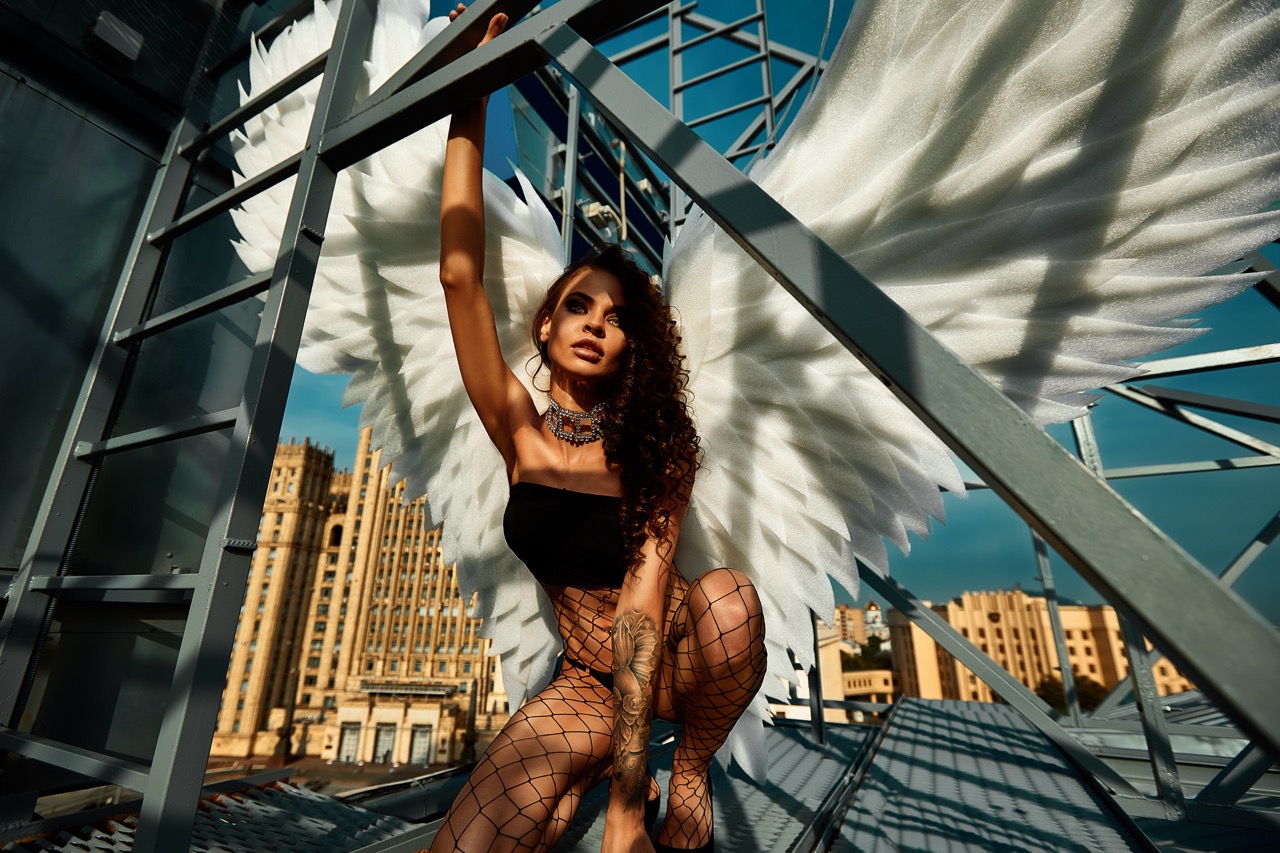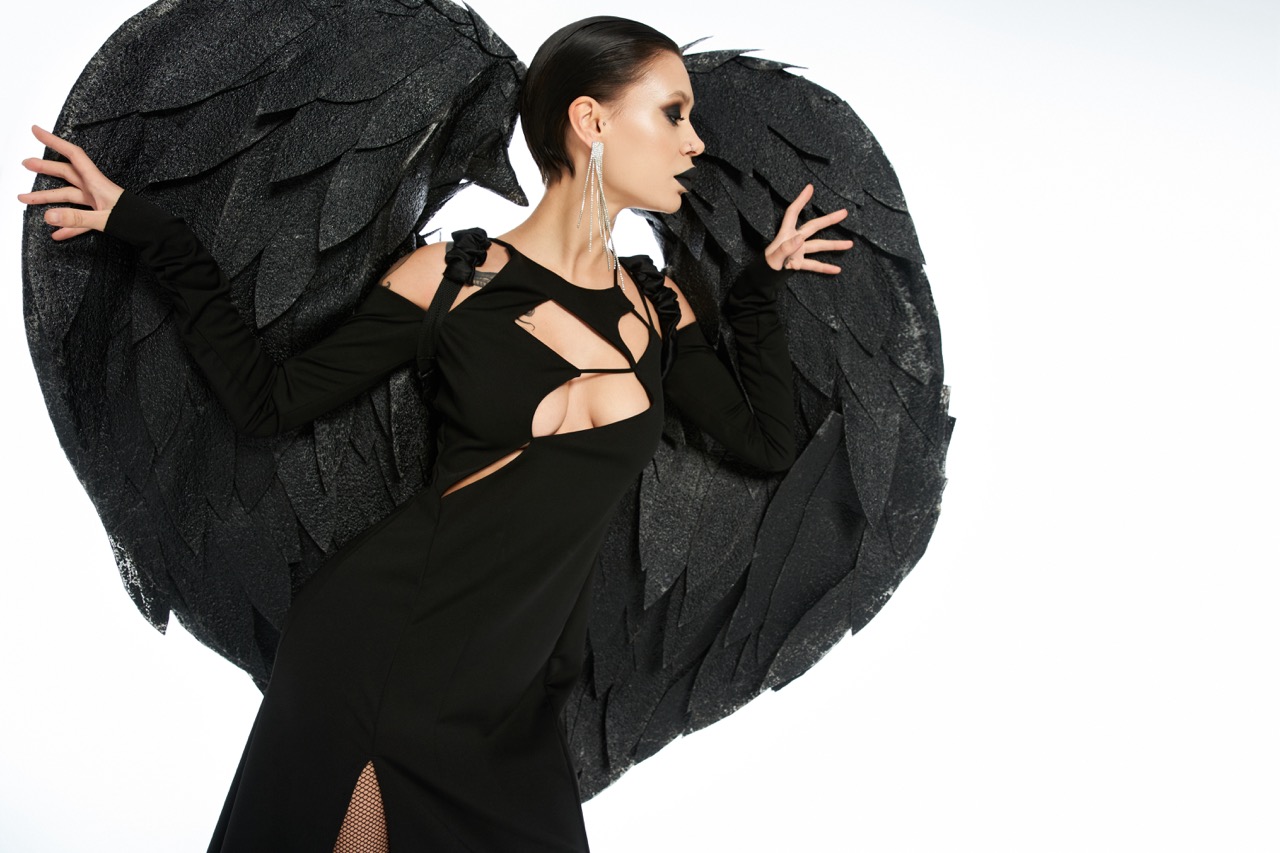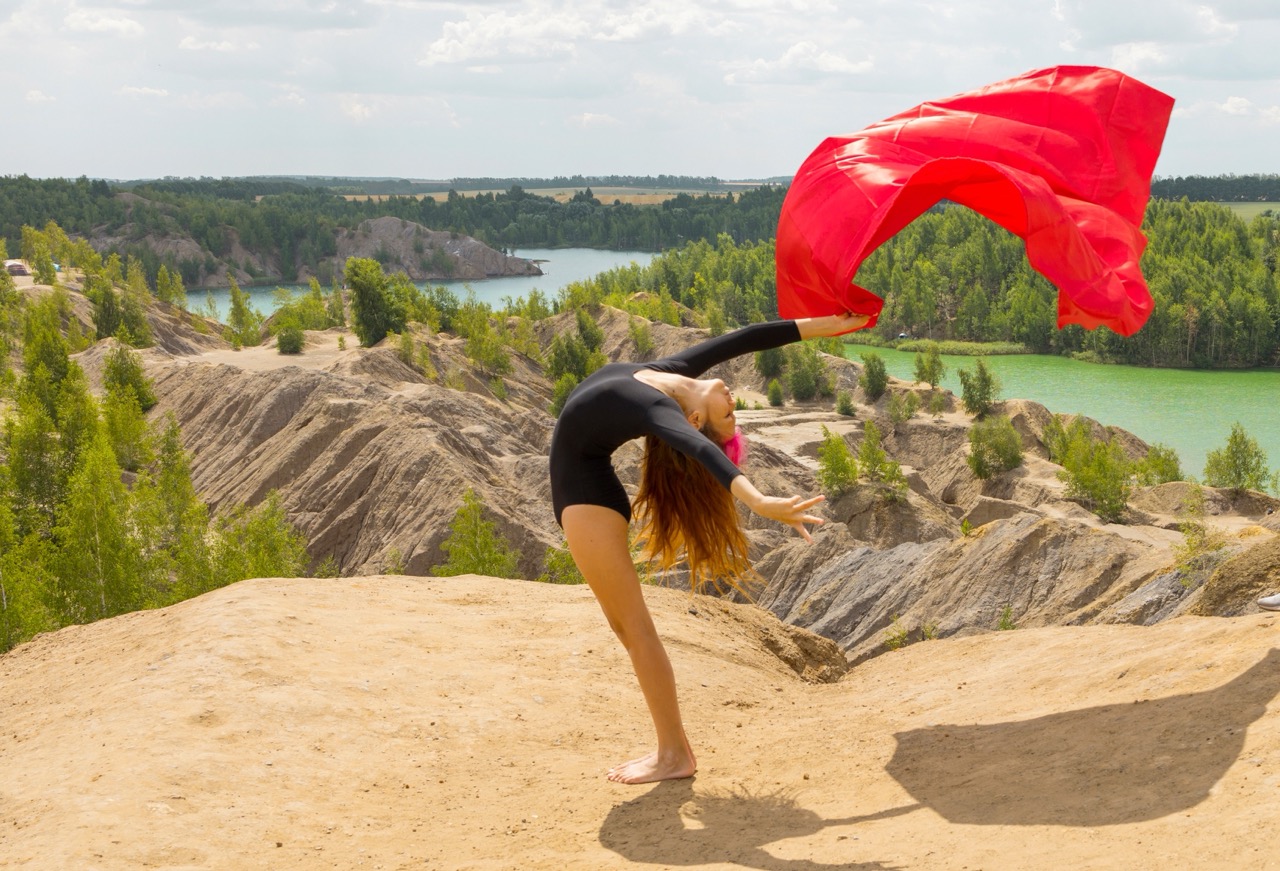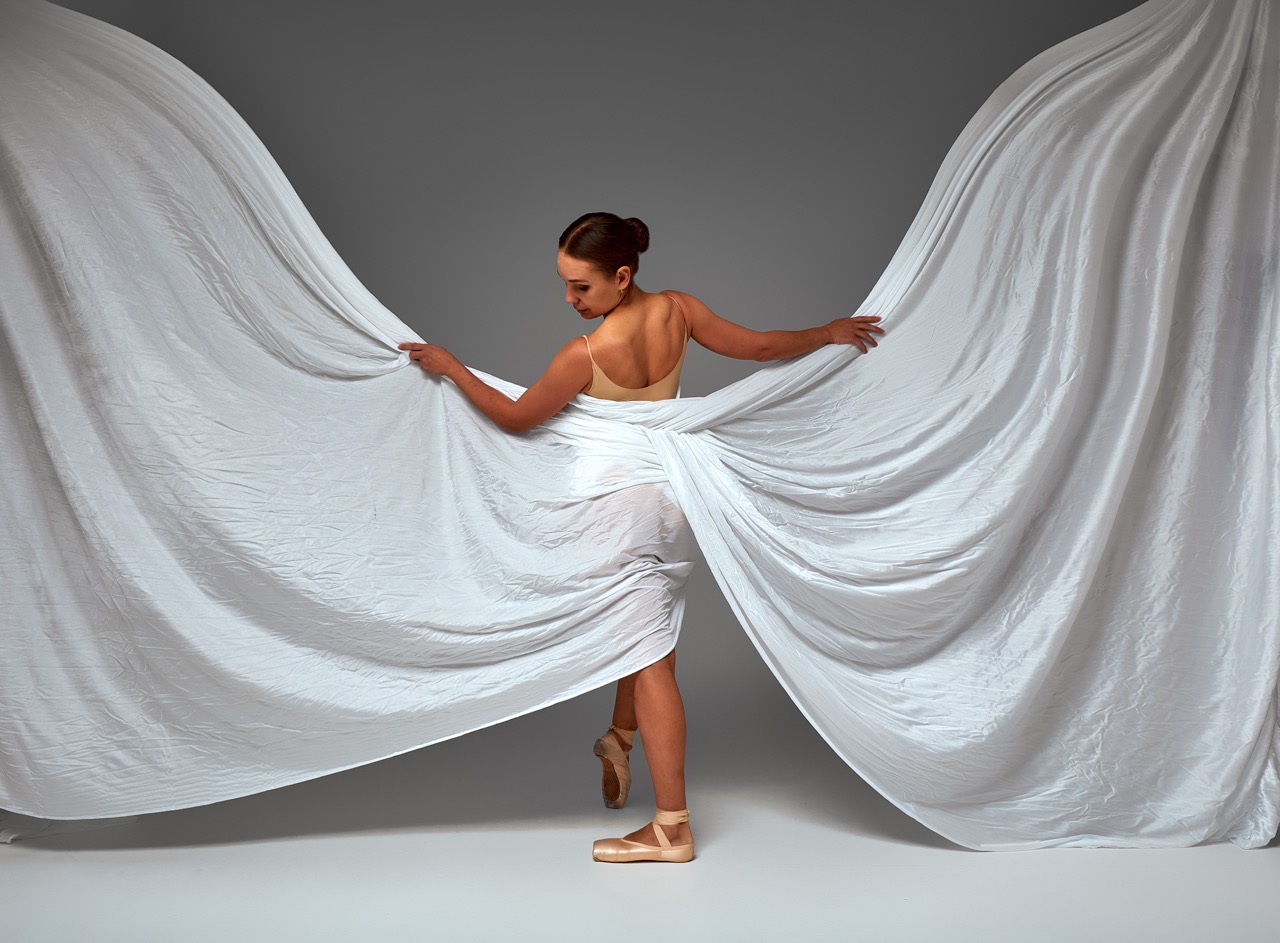As the boundaries of performance art continue to blur with advancements in technology, dance wing costumes are undergoing a radical transformation. These ethereal garments, traditionally worn by dancers to enhance their movement and create visual splendor, are now being reimagined for the digital stage. The interplay of design, technology, and sustainability is leading to an exciting renaissance in how dance is performed and experienced. This article explores the future of dance wing costumes in the context of innovative designs, virtual reality, sustainable practices, and the emerging role of artificial intelligence.
Innovative Designs: Merging Technology with Dance Wing Costumes
The evolution of dance wing costumes has always been about enhancing visual storytelling, but today’s designers are pushing the boundaries of creativity with technology. Innovations such as 3D printing and smart fabrics are enabling the creation of intricate, customizable designs that were once impossible to achieve. These costumes can now feature dynamic elements like LED lights, which interact with the dancer’s movements to create a mesmerizing visual experience. This fusion of art and technology opens up exciting possibilities for choreographers and performers alike.
Moreover, designers are experimenting with augmented reality (AR) to create costumes that can change appearances mid-performance. By incorporating AR with dance wing costumes, performers can engage audiences in real-time, allowing for a level of interactivity that traditional performances could never achieve. Imagine a dancer on stage whose wings transform in color and pattern with every graceful pirouette. The audience’s experience becomes a shared journey, where technology and human expression meld seamlessly.
As we look to the future, the potential for innovative designs is limitless. Collaborations between dancers, technologists, and visual artists will likely yield new forms of expression, where the costume is not merely an accessory but a pivotal part of the narrative. The dance wing costume could evolve into an expressive tool in its own right, allowing performers to explore new dimensions of storytelling in the digital realm.
Virtual Reality: Transforming the Dance Experience Forever
Virtual reality is arguably one of the most significant advancements impacting the art of dance today. Through immersive environments, audiences can be transported directly into a performance, experiencing the choreography from multiple angles and perspectives. Dance wing costumes, now enhanced by digital effects, can create an otherworldly aesthetic that captivates viewers in ways that a traditional stage may not. In this space, the dance itself becomes a multi-sensory experience that transcends physical limitations.
In VR performances, dancers can interact with their digital environments, leading to unprecedented choreographic possibilities. The wings worn by these performers can be designed to react to the surroundings, creating dynamic visuals that evolve with the rhythm and flow of the music. This interplay not only enriches the performance but also allows for a deeper emotional connection between the audience and the art. The wings might shimmer or change shape, reflecting the dancer’s internal emotions or the narrative arc of the piece, making each performance unique.
Furthermore, the accessibility of VR technology means that dance performances can reach a broader audience than ever before. Individuals who may not have been able to attend live shows due to geographical or physical barriers can now participate in this immersive experience. As dance wing costumes continue to evolve within this medium, they will play a crucial role in breaking down these boundaries, democratizing access to the arts, and fostering a global appreciation for dance.
Sustainability in Costume Creation: A New Era for Performers
As the world becomes increasingly conscious of environmental issues, the fashion industry, including dance costume design, is under pressure to adopt sustainable practices. The future of dance wing costumes will likely prioritize eco-friendly materials and methods, reflecting a growing commitment to sustainability. Designers are now exploring the use of organic fabrics, recycled materials, and low-impact dyes, ensuring that performers can grace the stage without leaving a heavy carbon footprint.
Additionally, the trend of digital fashion is emerging as a viable solution for reducing waste in costume design. With virtual performances on the rise, there is tremendous potential for creating digital costumes that exist solely in the virtual realm. This not only eliminates the need for physical materials but also allows for unlimited experimentation with designs. Dancers can don spectacular, ethereal wing costumes that may be too impractical for physical wear, creating a win-win for creativity and sustainability.
Moreover, as sustainable practices become the norm, audiences are likely to become more engaged with the stories behind the costumes they see on stage. Performers and designers can leverage this newfound awareness to educate viewers about the sustainability efforts involved in creating these beautiful garments. In this way, dance wing costumes will not only serve as visual spectacles but also as symbols of a commitment to a more environmentally friendly future in the arts.
The Role of AI in Shaping Future Dance Wing Aesthetics
Artificial intelligence is set to revolutionize the design process of dance wing costumes by introducing a new level of creativity and efficiency. AI can analyze trends, styles, and historical data to generate innovative designs that merge aesthetics with functionality. This tool can serve as a source of inspiration for designers, helping them explore ideas they may not have considered. Imagine a costume design generated by AI that perfectly complements a particular performance, incorporating elements that enhance movement and interact dynamically with digital environments.
Additionally, AI can play a pivotal role in the customization of costumes for individual performers. By analyzing a dancer’s unique movement patterns and preferences, AI can suggest design modifications that optimize both comfort and visual impact. This personalized approach will not only enhance the performance but also deepen the connection between the dancer and their costume. As a result, each costume can be a true reflection of the dancer’s identity and artistry, tailored to their specific needs and style.
Finally, the integration of AI into the choreographic process promises to create groundbreaking opportunities for dance. By using machine learning algorithms, choreographers can explore new movements and formations, potentially leading to the creation of entirely new dance styles. The wing costumes can evolve alongside these innovations, responding dynamically to the innovative choreography that emerges. In this new landscape, the fusion of AI and dance wing aesthetics will herald a future where creativity knows no bounds.
The future of dance wing costumes in digital performances is a captivating intersection of technology, sustainability, and artistry. As we embrace innovative designs, explore virtual realities, prioritize eco-friendly practices, and integrate AI into the creative process, the possibilities for performance art are boundless. These advancements not only promise to enhance the visual and emotional experience of dance but also invite a new generation of artists and audiences to reimagine the role of costumes in storytelling. As we look ahead, the dance wing costume stands poised to become a symbol of innovation, creativity, and sustainability in the ever-evolving landscape of performance art.






